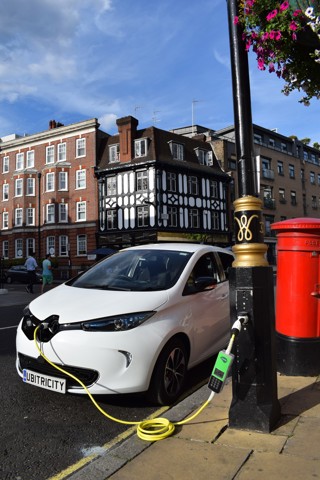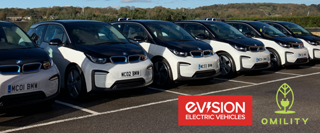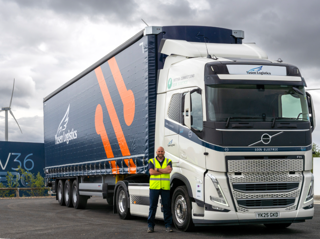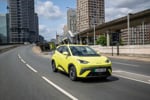Siemens has unveiled the UK’s first avenue that has been fully converted to cater for electric vehicle (EV) charging, coined ‘Electric Avenue, W9’.
Sutherland Avenue, Westminster, is the UK’s first residential avenue fully converted to provide lamppost EV charging points.
The project, in collaboration with Ubitricity and Westminster City Council, has seen 24 lampposts converted into EV charge points using existing city infrastructure where residents can charge EVs at various locations along Sutherland Avenue in London.
Councillor Andrew Smith, Westminster City Council cabinet member for environment and highways, said: “In a city that suffers from some of the worst air pollution in the country, we need to be supporting the change to green technology as much as we can. ‘Electric Avenue, W9’ gives us a glimpse into the future of streets in Westminster, where we hope to provide the infrastructure needed for our residents to make the switch to cleaner, greener transport.”
Member of the Managing Board of Siemens AG and chief executive officer (CEO) at Siemens Smart Infrastructure, Cedrik Neike, said: “We know that half of London’s air pollution is caused by road transport and Westminster is a particularly busy area. While we cannot solve the challenge of air quality overnight, ‘Electric Avenue W9’ is an important showcase of what’s possible using existing city infrastructure. It illustrates how residential streets will look soon and accelerates the shift to zero emission vehicles.”
The launch of ‘Electric Avenue’ follows research conducted by Siemens that revealed over a third (36%) of British motorists planned to purchase a hybrid or EV as their next car. Two in five participants (40%) said that a lack of charging points stopped them from purchasing a hybrid or EV sooner.
Siemens believes that ‘Electric Avenue, W9’ showcases a shift in attitudes towards EVs, as data revealed that 80% of motorists in central London believed it was ‘very important’ that air quality is improved. 83% said they have become more concerned about their carbon footprint within the past five years.
There are a total of 296 lamp column charge points in London, 24 are located on ‘Electric Avenue, 19’ and there are plans for two adjoining roads due to be completed in upcoming weeks.
Daniel Bentham, managing director at Ubitricity UK, said: “Lamppost charging gives people without driveways a very convenient, low cost, renewable, energy-friendly way to charge their EVs. Cars spend 95% of their lives idle, so it makes sense to charge them while the driver is doing something else, like sleeping or working.
"Our technology is designed to keep installation and maintenance costs low, which translates to long-term low costs for EV drivers and councils.”
Shirley Rodrigues, deputy mayor for the environment and energy, said: “Our bold action to tackle the capital’s air pollution and climate threats is sparking a revolution in electric transport in the capital. Last year, more than 140 organisations supported the mayor’s EV Infrastructure Taskforce – developing a plan on how to expand public charging points across the capital.
"This sort of innovation is what we have been calling for and it will go a long way to support our growing charging network.”
Westminster has seen a 40% growth in EVs charged in the borough during 2019.























Login to comment
Comments
No comments have been made yet.